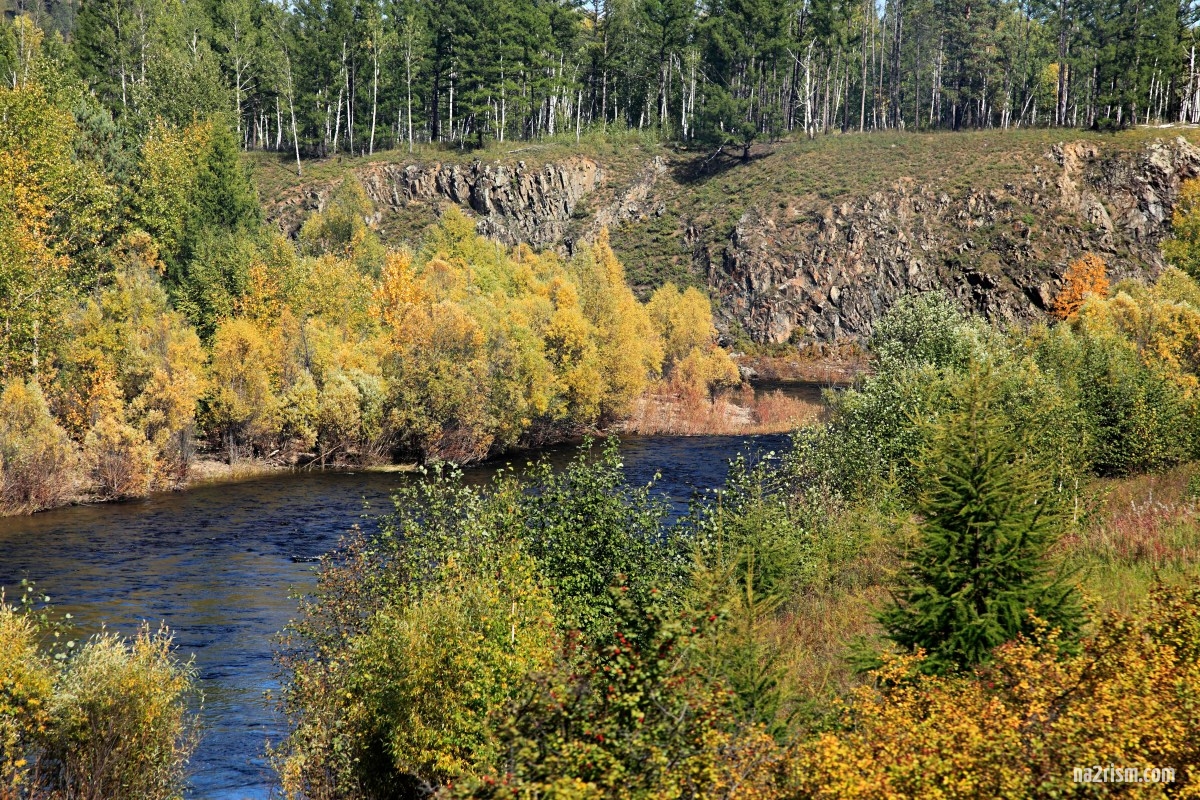Naturism, the practice of being nude in social settings, is a relatively modern phenomenon that has gained popularity around the world. However, attitudes towards naturism in the former Soviet Union were complex and varied, and influenced by the unique social and political context of the region. In this article, we’ll explore the history of naturism in the former USSR and the current attitudes towards it.
1. The early years of naturism in the USSR
Naturism first emerged in the Soviet Union in the 1920s, during the early years of the Soviet state. At the time, many intellectuals and artists were attracted to the idea of living in a natural, unencumbered state, free from the constraints of bourgeois society.
In 1923, the first naturist club was established in Moscow, and by the mid-1920s, the movement had gained a following across the country. Naturists were seen as advocates of a new, healthier way of life, and the Soviet authorities initially tolerated and even supported the movement.
However, with the rise of Stalinism in the late 1920s, attitudes towards naturism began to change. The Soviet authorities increasingly saw naturism as a threat to their vision of a disciplined, uniform society, and the movement was gradually suppressed.
2. The Soviet period
During the Soviet period, naturism was officially banned, and those who practiced it faced persecution and harassment from the authorities. However, despite the official ban, some naturists continued to meet in secret, often in remote areas, away from prying eyes.
In the 1960s and 1970s, a new wave of naturist enthusiasts emerged in the Soviet Union, inspired by the countercultural movements of the West. They saw naturism as a way to challenge the rigid social norms of Soviet society and to express their individuality.
However, the authorities continued to view naturism as a threat, and those who practiced it were often subjected to surveillance, harassment, and even arrest. As a result, the naturist movement in the Soviet Union remained largely underground, and it was only after the collapse of the Soviet Union that the practice began to emerge into the open.
3. The post-Soviet era
Since the collapse of the Soviet Union in 1991, attitudes towards naturism in the former USSR have become more relaxed. Naturist clubs and beaches have emerged in many parts of the region, and the practice is generally tolerated by the authorities.
However, attitudes towards naturism remain complex, and the practice is still viewed by many as a Western import that is at odds with traditional values. In some parts of the region, such as Central Asia and the Caucasus, naturism is still considered taboo, and those who practice it may face social ostracism or even violence.
Despite these challenges, the naturist movement in the former USSR continues to grow, and enthusiasts are working to promote the practice and educate the public about its benefits. Many see naturism as a way to break free from the constraints of Soviet-era thinking and to embrace a more open, progressive way of life.
In conclusion, attitudes towards naturism in the former USSR have been shaped by the unique social and political context of the region. While the practice has faced challenges and repression, it has also served as a symbol of individuality and freedom for many, and is increasingly being embraced as a legitimate lifestyle choice.

